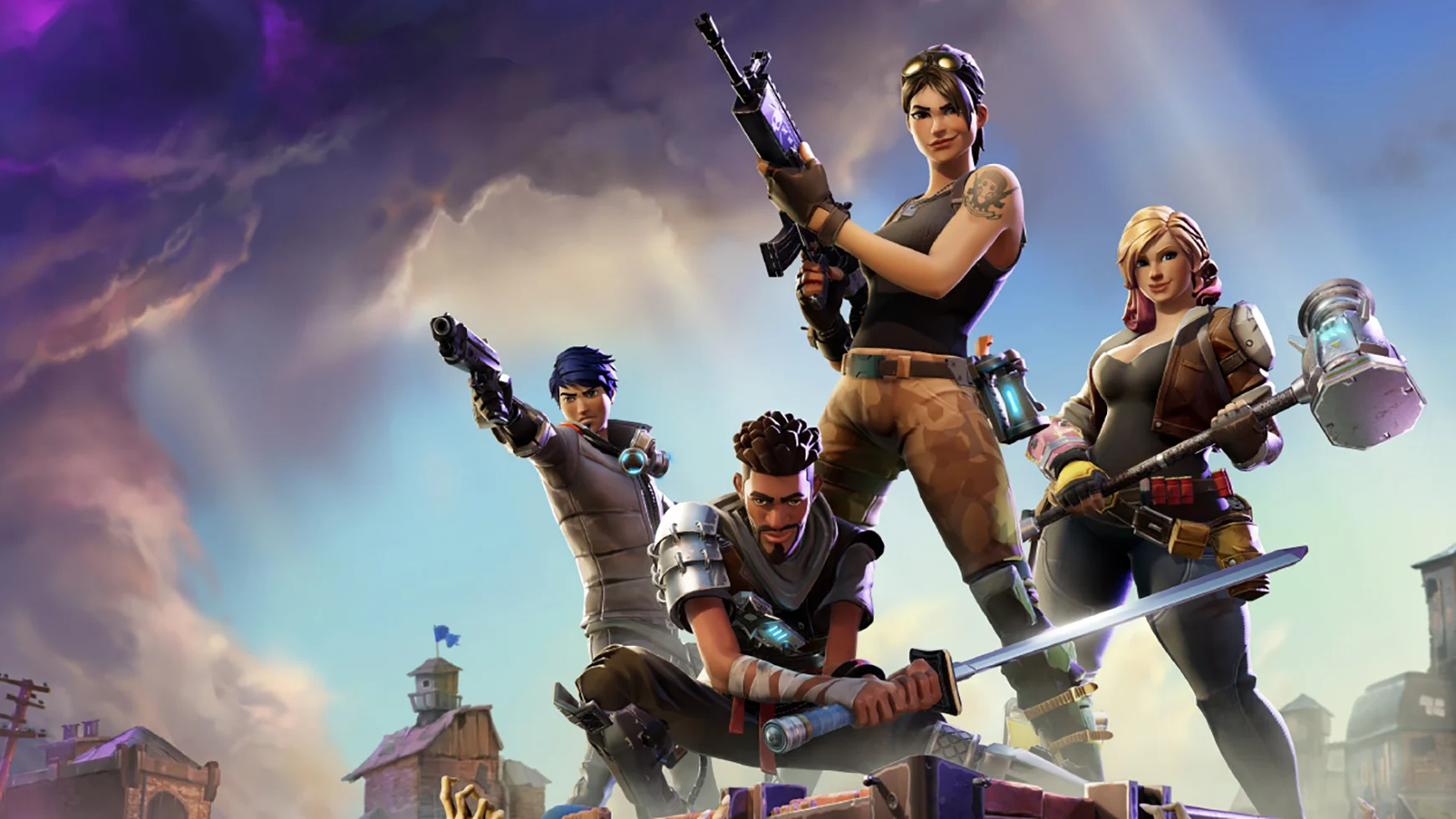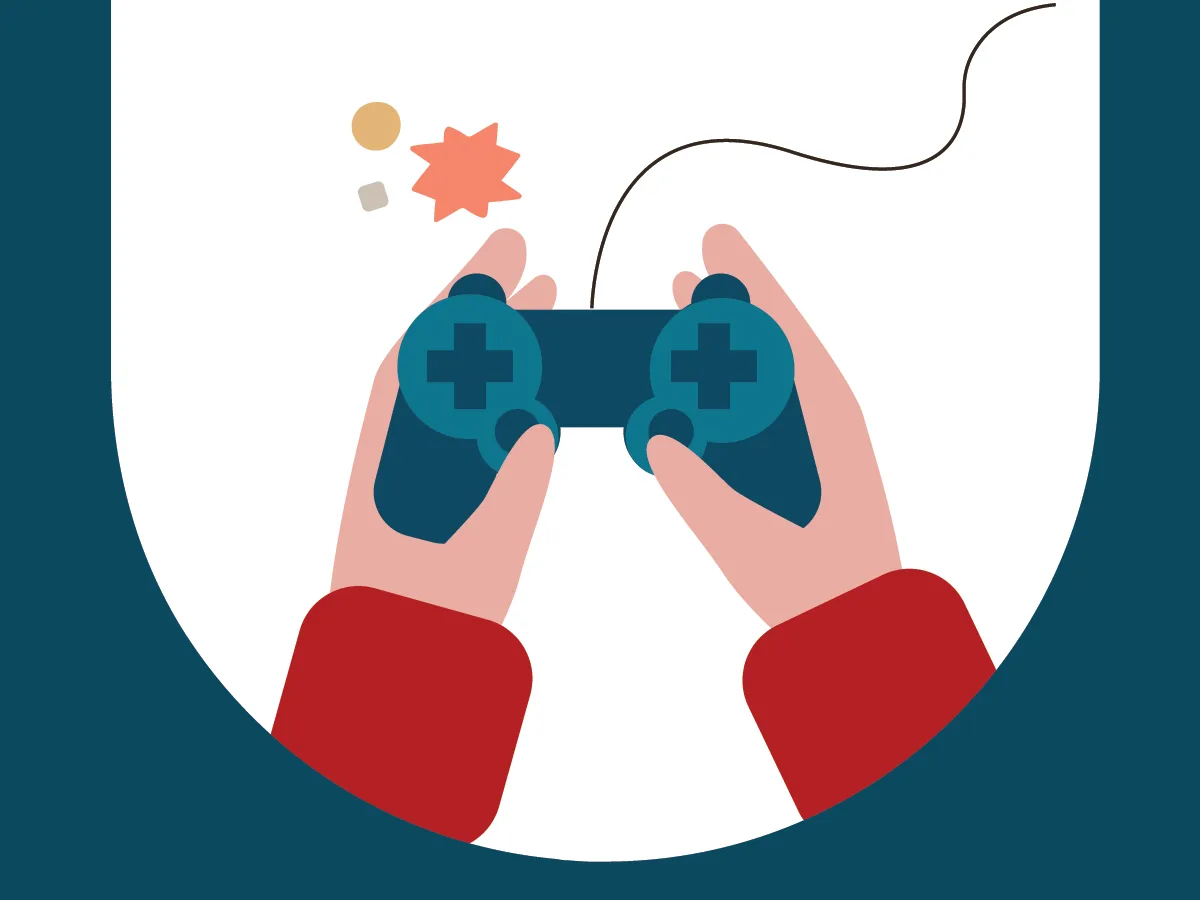Pokémon GO: 7 things to know for kids with ADHD
It seems like everyone’s talking about Pokémon GO, the game for Apple and Android smartphones. The app has been downloaded 632 million times (and counting)!
So when my 10-year-old son, Duncan, who has ADHD, said he wanted to play it, I had to learn more. Duncan and I decided to spend a day playing Pokémon GO. We wanted to figure out how kids with ADHD experience the game.
Here’s how it works. Pokémon GO mixes the virtual and real world. Players use a map to explore the real world around them. The map shows them where to find virtual Japanese cartoon characters called Pokémon, which can be caught and added to their collections.
When a Pokémon is found, a cartoon image appears on the screen on top of the phone’s camera view. It looks like the creature is really there. (The photo above shows Duncan with a Pokémon.)
Players can also find and visit PokéStops. These are pretend stations located at landmarks in the real world. Players need to travel to the actual places in order to collect supplies and catch Pokémon.
While Pokémon GO has pros and cons for all kids, there are some special concerns for kids with ADHD, who can struggle with focus and impulsivity. Here are seven things Duncan and I want you to know about Pokémon GO and kids with ADHD.
1. Pokémon GO is free to play — at first.
The game is free to download and play, but kids can buy things while playing. As kids advance in the game, they’ll probably want to make in-app purchases. If your child is impulsive, you may need to monitor these purchases.
2. Pokémon GO can be highly addictive.
After catching his first Pokémon, Duncan was hooked. Because of his ADHD, he can hyperfocus on things that excite him. He was ready to play the game for hours.
It’s important to be aware of how addictive Pokémon GO can be. It can use up cellular data quickly (resulting in high phone bills). If kids aren’t paying attention, it can also use up their phone battery before they know it. If they need to make an important call, that could be a problem.
For kids who are on the younger side, you might want to consider playing with them so you can keep close track of playing time.
3. Pokémon GO promotes exercise.
To catch Pokémon, players have to walk around to find them — sometimes long distances. For instance, we found Bug type Pokémon in the woods near our house, and Water type Pokémon at the beach. Players can also hatch Pokémon eggs in incubators by walking.
By the end of our day of playing, Duncan and I figured out that we walked about four miles. If you’ve found exercise helpful for your child with ADHD, all that walking can be a good thing.
4. Pokémon GO can be distracting — and potentially dangerous.
Because the game operates on a smartphone screen, players sometimes forget to look up and see what’s around them. For instance, I had to remind Duncan that he needed to check for cars before walking into a parking lot.
For teenagers with ADHD, the potential danger may be greater. If they’re driving to new places on their Pokémon GO maps, they could lose track of what’s happening on the road. Kids with impulsivity issues may also look for Pokémon in unsafe places or on private property.
It’s a good idea for anyone with ADHD to play the game with a partner or group. It would be helpful to have friends around, so they can watch out for possible accidents and help with decision-making.
5. Pokémon GO helps kids try new things.
When looking for Pokémon and PokéStops, kids are likely to discover new things about their neighborhood. We found a PokéStop at the entrance to a nature preserve down the road from our house. We’d never been there before.
Duncan likes routines. Days that are predictable help him with his ADHD. But he also loves finding new things. Pokémon GO gave him an exciting way to do something different and explore our surroundings.
6. Pokémon GO has privacy concerns.
When you sign up for Pokémon GO, you agree to share data with the company. Many players don’t take the time to read the privacy agreements when they sign up to play. Kids with ADHD may be more likely to tap the Agree button without looking at the details. I recommend reading these agreements completely and explaining the important parts to your child.
7. Pokémon GO can promote teamwork and social skills.
There’s a social element to Pokémon GO. Players can join teams and try to control Gyms, which are also located throughout the real world. (Gyms are where Pokémon train and battle each other.)
Kids with ADHD can have trouble staying focused on group goals or taking guidance from others. Joining a team can help them practice teamwork and social skills. Duncan was reluctant to join a team at first. But with some encouragement, he gave it a try.
Pokémon GO has remained a hot game for kids for a few years now. With help and guidance, kids with ADHD can join their friends in trying to “catch ’em all.”
And Duncan has some great advice for other kids with attention issues when playing: “Be cautious, be safe, and have fun!”
Learn more about surprising benefits of video games for children with learning and thinking differences. Get tips on how to pick a video game for your child. And find out how another popular game, Minecraft, can help kids practice executive functioning skills.
Any opinions, views, information, and other content contained in blogs on Understood.org are the sole responsibility of the writer of the blog, and do not necessarily reflect the views, values, opinions, or beliefs of, and are not endorsed by, Understood.




